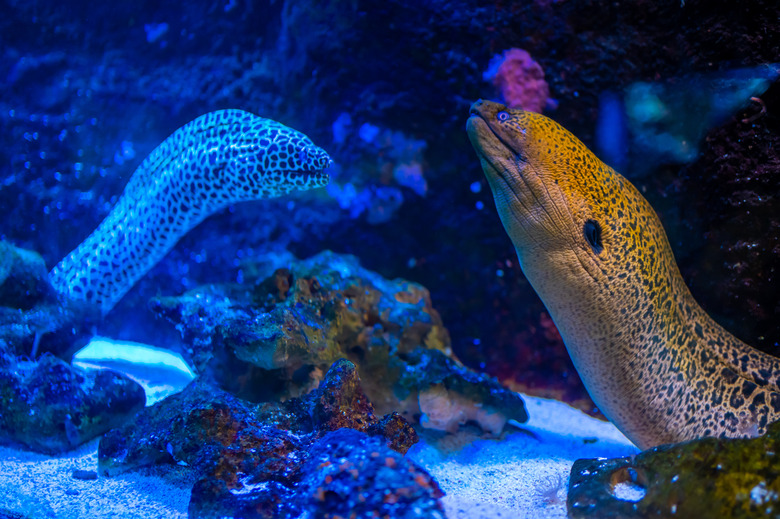DIY Aquarium Soil Substrate
Owning a fish means more than just adding a pinch of food to the water and watching that cute treasure chest toy open and shut. You also need to pay attention to the tank's bottom layer, which is called substrate and often consists of gravel or sand, as this portion is an important part of your fish aquarium. Some fish owners will buy this ready-made from the store, but know that DIY aquarium substrate is also an option. By adding aquarium plant substrate to your tank, certain greenery can grow and thrive, enhancing the beauty of this watery habitat.
Why does substrate matter?
Why does substrate matter?
DIY aquarium substrates aren't strictly required in a fish tank, but these materials do play a role in your fish's enjoyment and the visual appeal this piece of equipment can offer. For example, if your substrate is a bright hue or made of several layers of colorful rocks and gravel, your tank can offer a pop of color in an otherwise drab setting. Adding a layer of substrate also provides a bit of entertainment for your fish since he can hunt for his food bits in it and build a nest for himself.
A fish tank with substrate on the bottom also allows for decorative options, such as mini castles and plants, both fake and real, to be inserted and take root. These accessories give your fish nooks and crannies to check out and hide in when he needs a break. However, a bare-bottom tank is a perfectly fine way for pet fish to live, and without pesky sand and tiny rocks on the bottom, cleaning this glass box will be much easier.
Which substrate is best?
Which substrate is best?
As for which tank substrate is best, it really depends on the type of fish you're housing. Consider the various types of substrate:
- Gravel: Most fish tanks will feature these small, colorful stones, as it's considered standard for many fish species who live in the home as pets.
- Sand: Do you have a bottom feeder, like a catfish or loach? These fish prefer a sandy substrate, as it weighs less, and it's easier for them to navigate when they dive deep.
- Glass: Smooth glass stones or a tank without substrate is acceptable, and certain fish, like some kinds of goldfish, actually thrive in one. The reason? The smooth surface of glass stones or a bare bottom won't irritate this fish's skin when she comes in contact with it.
DIY aquarium substrate
DIY aquarium substrate
Making your own substrate isn't hard, whether it's a mix of small stones or DIY aquarium plant substrate, but caution is advised. You shouldn't put any old soil from the ground or garden center into the gravel you want to use or add in items you found in nature. The same holds for substrate that was previously used by other fish. The bottom line is that none of these options is completely safe.
Your best bet is a mix of soil with clay that doesn't contain many algae-promoting fertilizers, as this combo will yield a clean tank with thriving plants. To create the substrate, soak and drain soil and water a few times over a few days and then spread the soil on a tarp to dry. Repeat this process twice more and then sift the dry soil to remove any errant bits. Mix one part pottery clay to 10 parts of soil along with water to make mud, which you'll spread over a thin layer of potassium chloride, a common garden additive. Top with sand or gravel and then install your tank plants.
